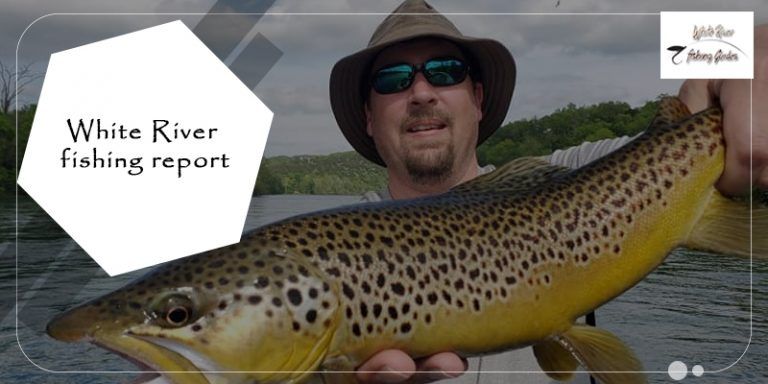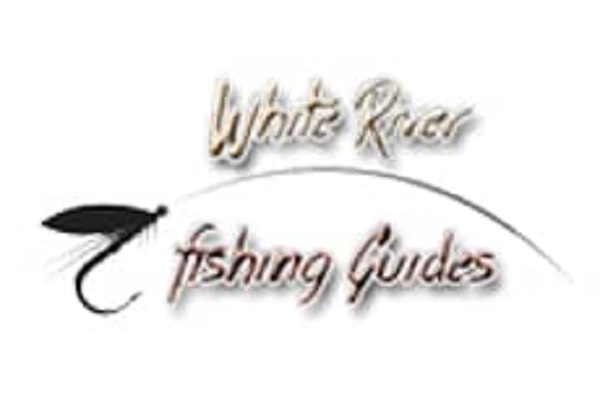How is the White River Fishing Report Created?

If you are all set for a fishing adventure, you must have got your rods and reels, baits, tackle box, six-pack, and running boat engine. However, the only question is where the fish are biting. Well...the white river fishing report will give you an exact idea of where to go for a fishing venture. You can find the best places to fish ahead of time by looking at the fishing reports available. It gives you a heads up about your prospects of making a catch even before you have set your boat to the river, lake, or ocean.
Usually, recreational fishers charter fishing boat captains, and experts at the State department of natural resources compile fishing reports. Based on their experiences on the water, charter boat captains and commercial anglers make their eyewitness reports. The fishing report writers who worked for the state's department use their own fishing experiences to write, but they rely on accounts when they can't get out and fish. Apart from them, local biologists are also a good source of information as they collect data on water temperature, fish species, and weather conditions on a regular basis.
Most of the reports contain satellite images of the area of photos of fish. It also includes a history of the region, unique types of fish that the anglers have caught in the area, the science behind the water conditions, or any special tips on fishing etiquettes. Now that we know what a White River Fishing Report contains and how it is made, let us see how it is used.
How is the White River Fishing Report used?
Typically, fishing reports encompass important information that anglers can determine where to cast their lines. For example, knowing the water temperature of a particular area will tell a fisherman how active the fishes are going to be in that area. If the area is cold, the fishes will conserve energy, whereas they will not move around too much if the area is hot.
Another important aspect of the fishing report is the water conditions. Water that is full of mud or debris or is moving quickly might make it difficult for the fishes to see the bait and get to it. Another aspect is the high water. High water has a tendency to create dangerous conditions for the fishermen.
Some other types of information that are also included in fishing reports are:
- Wind Speed
- Weather conditions
- The kind of fish biting
- The area where the fishes are biting
- Whether or not the fish are biting
- Types of bait that will prove effective
These are some of the additional information you can find
in a fishing report. Usually, the reports come out once a week or month.
Sometimes fishing reports are written after the actual fishing trip. According to the people who write them, the information is quite accurate because they are made based on the consistent pattern in water temperature season and fish behaviors. In some cases, the fish might have moved a mile or so, but it is good on target as things don't change overnight usually; the fishes move, but they don't leave the state.
The reports prepared by experts or scientists at the state department of natural resources might be slightly more precise than those prepared by the fishers. Nevertheless, anyone headed out for a fishing expedition can use these reports.
Conclusion-
Fishing reports are crucial when people are headed out for a fishing expedition. It offers them the appropriate information for following their fishing pursuits.
We hope we were able to share some insights about the White River Fishing Report with you. Now that you know a thing or two, you can start with your fishing venture.


